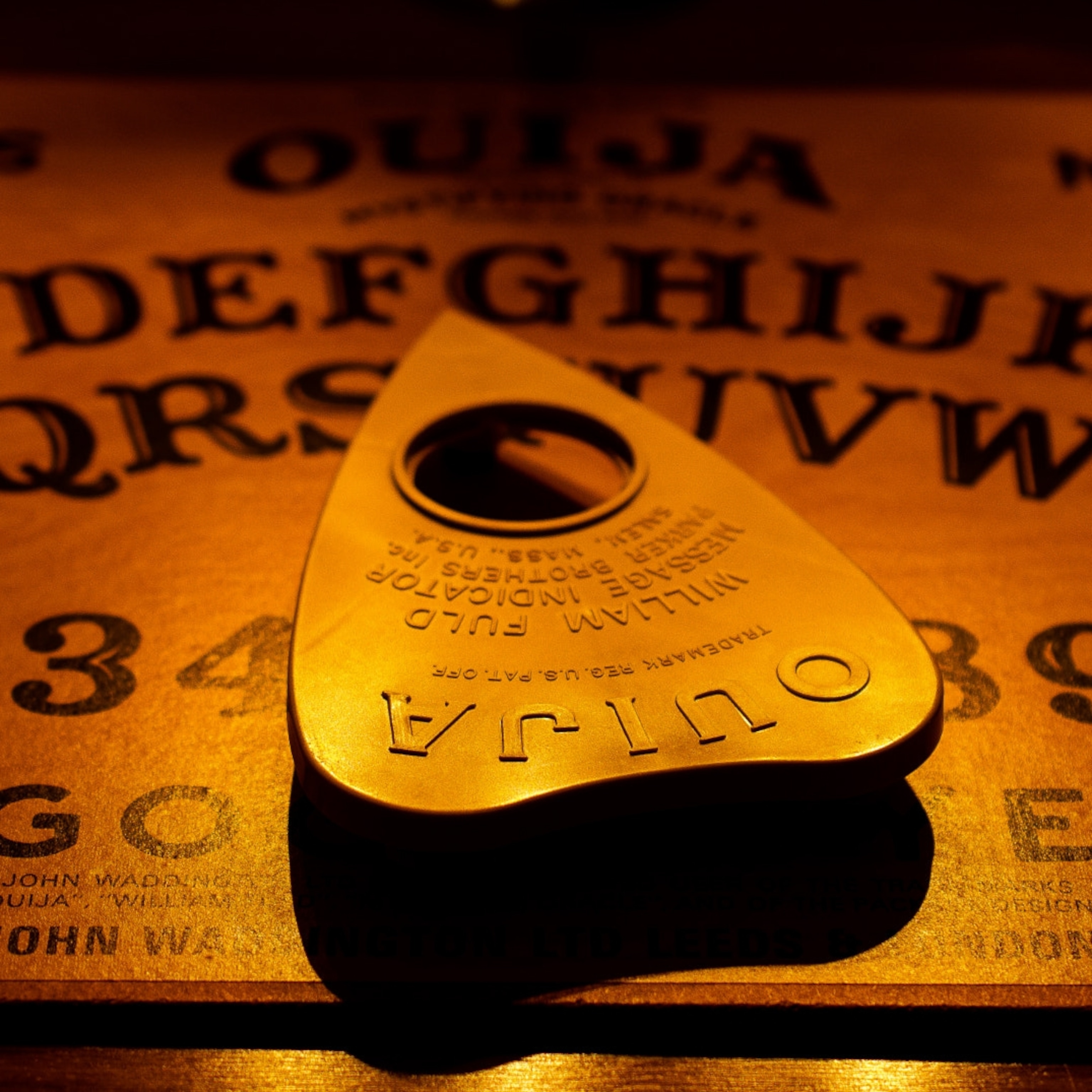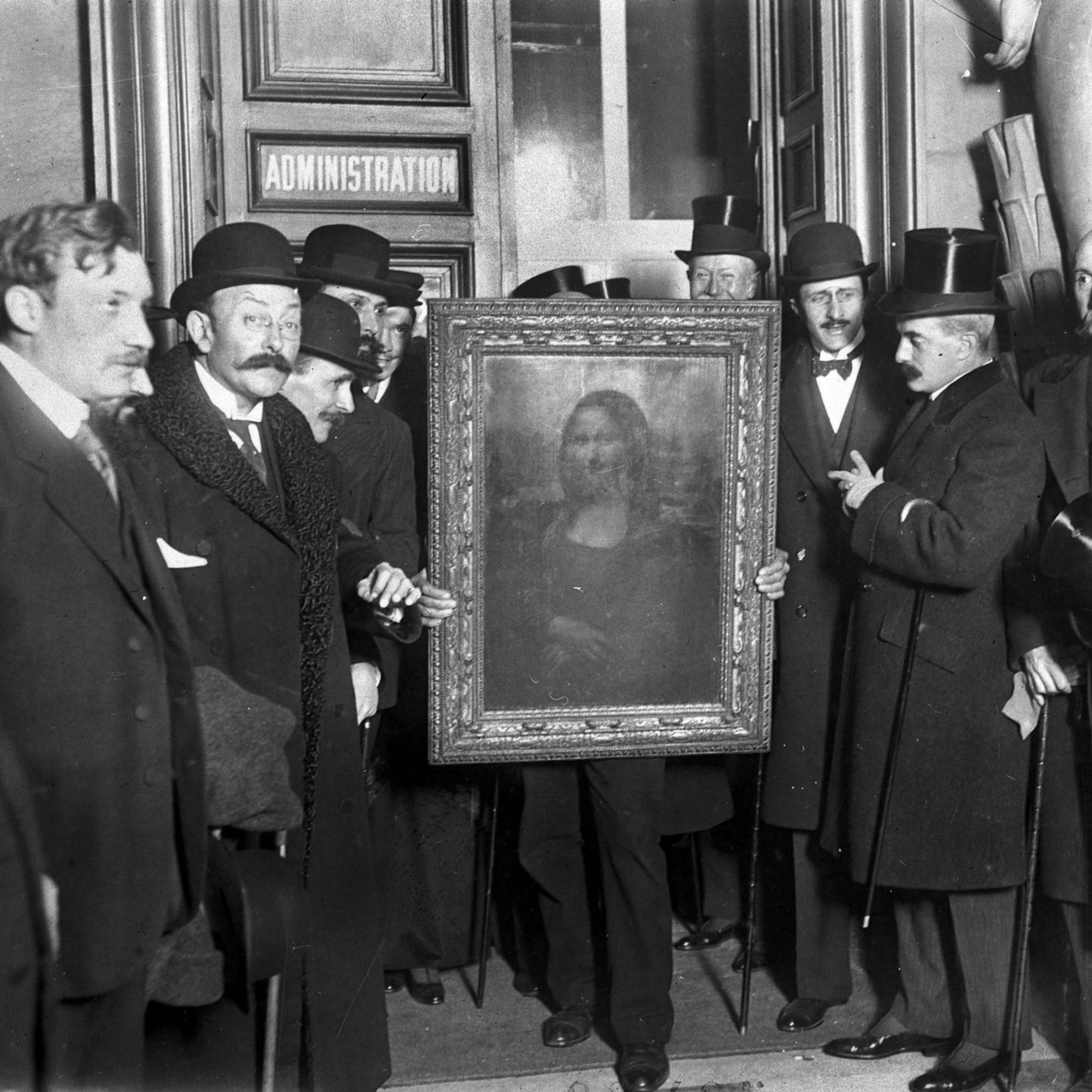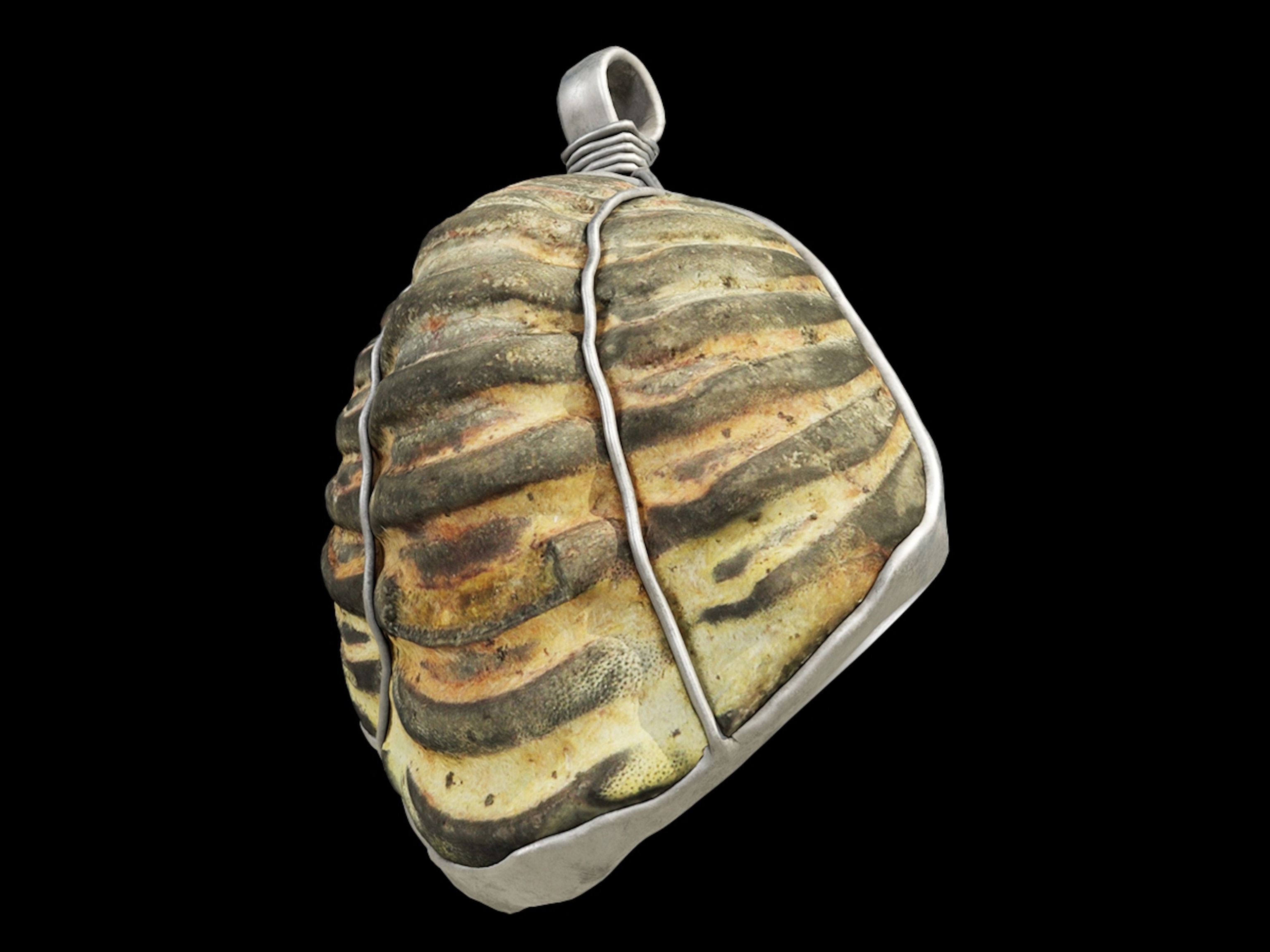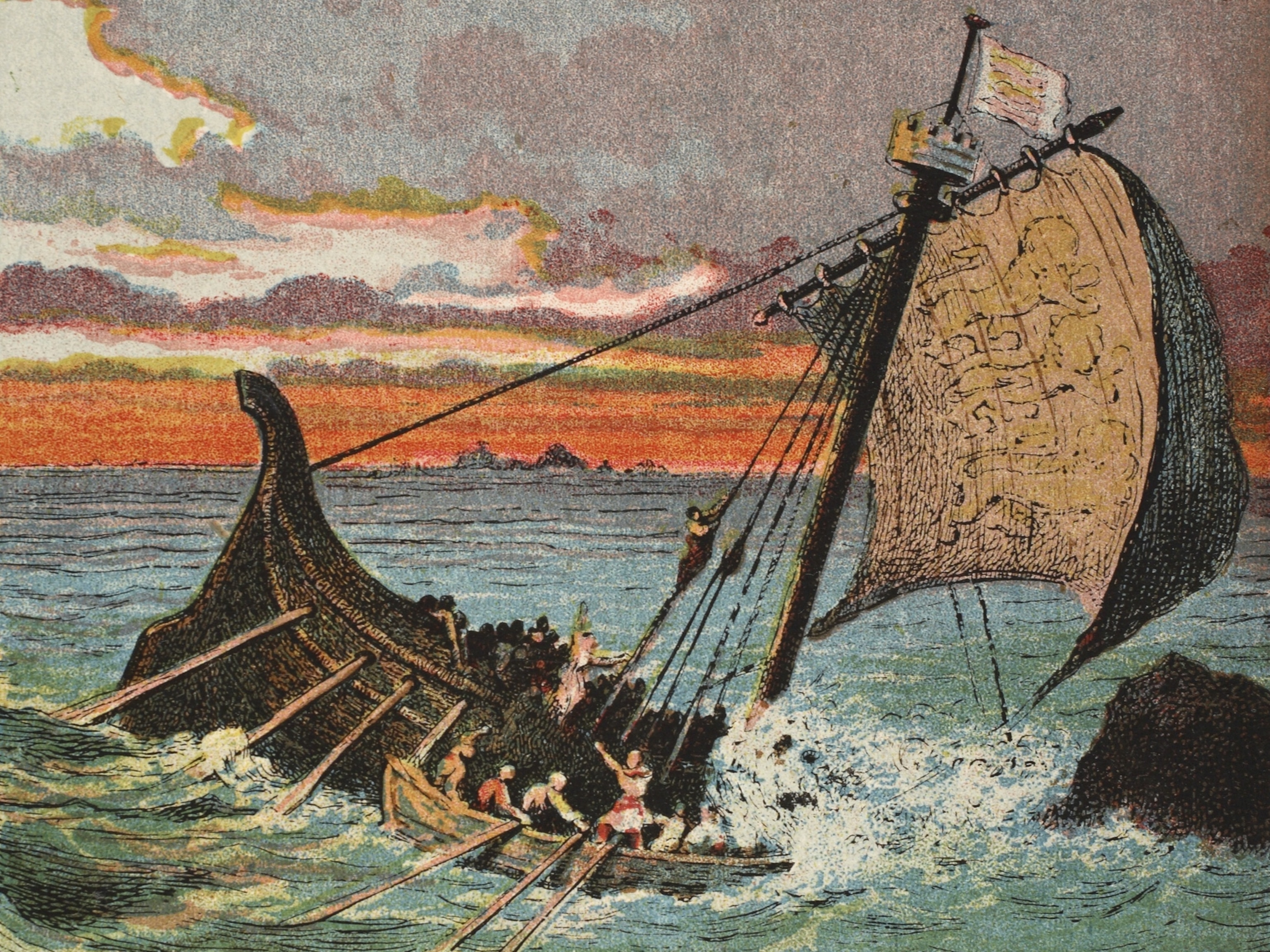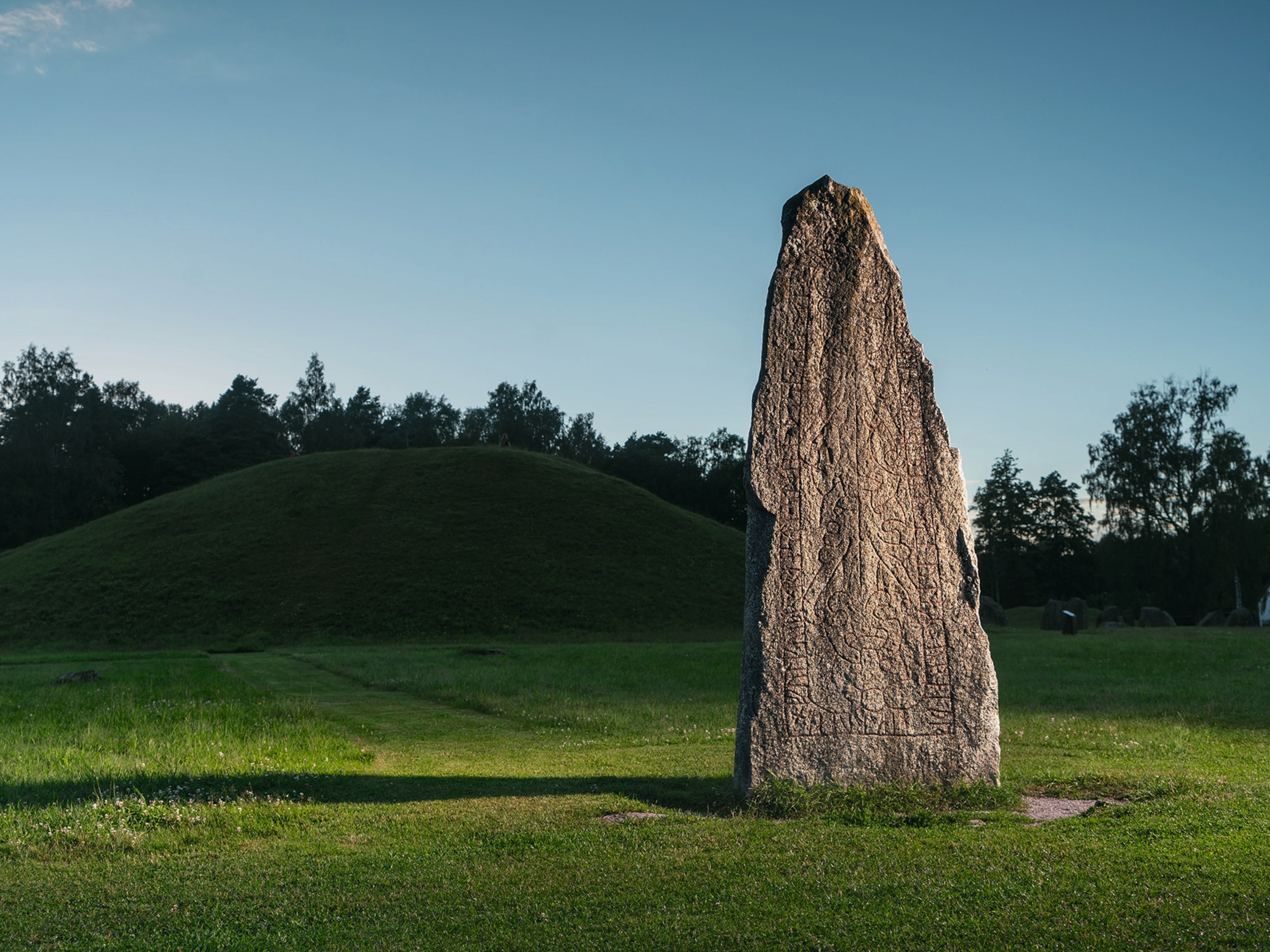
Trendy Victorian-Era Jewelry Was Made From Hair
No one knew how to mourn like the Victorians, who weaved wreaths and jewelry from the hair of dead relatives.
Sylvia Plath wrote that “Dying is an art.” For Queen Victoria, the real art was in mourning. After her husband, Prince Albert, died in 1861, she publicly grieved him until her own death 40 years later. Often, Victoria wore a locket of Albert’s hair around her neck.
Queen Victoria was the monarch of mourning, a celebrity who influenced how grieving women dressed and behaved in Europe and the United States. But for many people in Victorian times, the amount of hair involved in remembering loved ones went far beyond a little lock in a necklace.
In the U.S., a lot of women made elaborate wreaths of hair and wire, often with floral designs. Wreaths made from the hair of one dead person were usually objects of mourning, while wreaths made from the hair of multiple people—dead and alive—were more like sentimental family trees. Women could find the patterns for hair wreaths in stores and in women’s magazines, the same channels through which other middle-class trends spread. Sometimes, though instances are rare, women wove relatives’ hair into dioramas: the Morbid Anatomy Museum in Brooklyn has a hair work cemetery in its collection.

Hair jewelry was common, too—and not just the kind of locket that Queen Victoria wore. It could be a brooch, or a pendant with hair woven in the middle, or even a bracelet of hair. In its heyday, hair jewelry was considered both sentimental and fashionable. It caught on in Europe sometime before the 19th century, and then fell into vogue in the United States around the Civil War.
Home decor or jewelry made of dead people’s hair would seem macabre today, but not so in Victorian times, says Dr. Helen Sheumaker, author of Love Entwined: The Curious History of Hair Work.
In the 19th century, mortality rates were much higher, and most funerals happened at home. “Not only were people used to being around bodies that were dying and had recently died, but the kind of associations that we have today of the dead body being a gruesome thing or a frightening thing was a little different,” Sheumaker says.
And hair work wasn’t “really about death,” she says, “even when it’s in memorial to someone who died. It’s about sentiment and emotion and showing other people how you’re related to others.” Making hair work was a proper middle-class, feminine task, grounded in a consumer culture. It was a way to tend to your family and home.

“There is some emotional drive to want to retain a physical remnant of somebody once they’re gone,” says Karen Bachmann, who teaches Victorian hair art workshops at the Morbid Anatomy Museum. And hair serves this function well because it’s “a very personal indicator of self,” and also “very decay resistant.” (Wealthy or famous people were often remembered through more explicitly lifelike representations of the self: President Abraham Lincoln is survived by his life masks and hand casts, and Queen Victoria kept a cast of her husband’s hand in her bedroom.)
Hair jewelry and wreaths were a way to show your connection to someone who had died, but they could also be a way to show your connection to a living friend, child, or spouse. “Women of the 19th century would swap locks of hair as a love token the way young girls today might wear friendship bracelets,” says Bachmann. In the same way, a mother might frame her child’s first haircut, or wear some of it as jewelry.
There are probably many reasons why the tradition of hair work faded after the Victorian era. Bachmann says that some of it has to do with the advent of funeral homes, which moved death out of the home in most of northern Europe and America; but Sheumaker thinks that the shift is also linked to changes in decorative and fashion styles and new theories about hygiene.
Victorian hair wreaths were often displayed in a “really heavy and ornamented parlor with the layers and layers of wallpaper and fabrics,” she says. But in the 20th century, “plastered walls and solid paint colors” became more popular, and hair work didn’t quite fit with these new styles. At the same time, women’s fashions changed from heavy, upholstered clothes that might be nicely accented with hair jewelry to sheer fabrics with brighter colors, against which such jewelry, she says, “looks really weird.”
“Not only are fashions changing in terms of how people are decorating their bodies and their houses,” she says, “but the fashion of sanitary hygienic practices is rapidly shifting people away from kind of Victorian models of heavy, ornate, multiple layers of things, [and] not washing things because that hurts the fabric.” As ideas about health changed, and dust became associated with poor health, it’s certainly possible that hair work came to be seen as unsanitary.
Today, you can still see Victorian hair art at Leila’s Hair Museum in Independence, Missouri, order some hair jewelry from Sweden, or learn how to make your own hair friendship jewelry from Rookie magazine (and if your friend’s hair isn’t good enough, you can buy a lock of John Lennon’s). But many modern examples of hair art, rather than paying homage to Victorian femininity, are political.
“In the 1980s and 90s there were feminist artists who used women’s hair to make statements about women’s position in society,” says Sheumaker. And while Victorian hair art was “explicitly white,” “African American and African diasporic use of hair as art has always been a statement” related to black experience.
Depending on the region, the decade, and the form it takes, hair not attached to the body can have a range of powerful meanings. Unless, of course, it’s in your soup—in which case, get it out of there. That doesn’t seem sanitary.
Follow Becky Little on Twitter.

